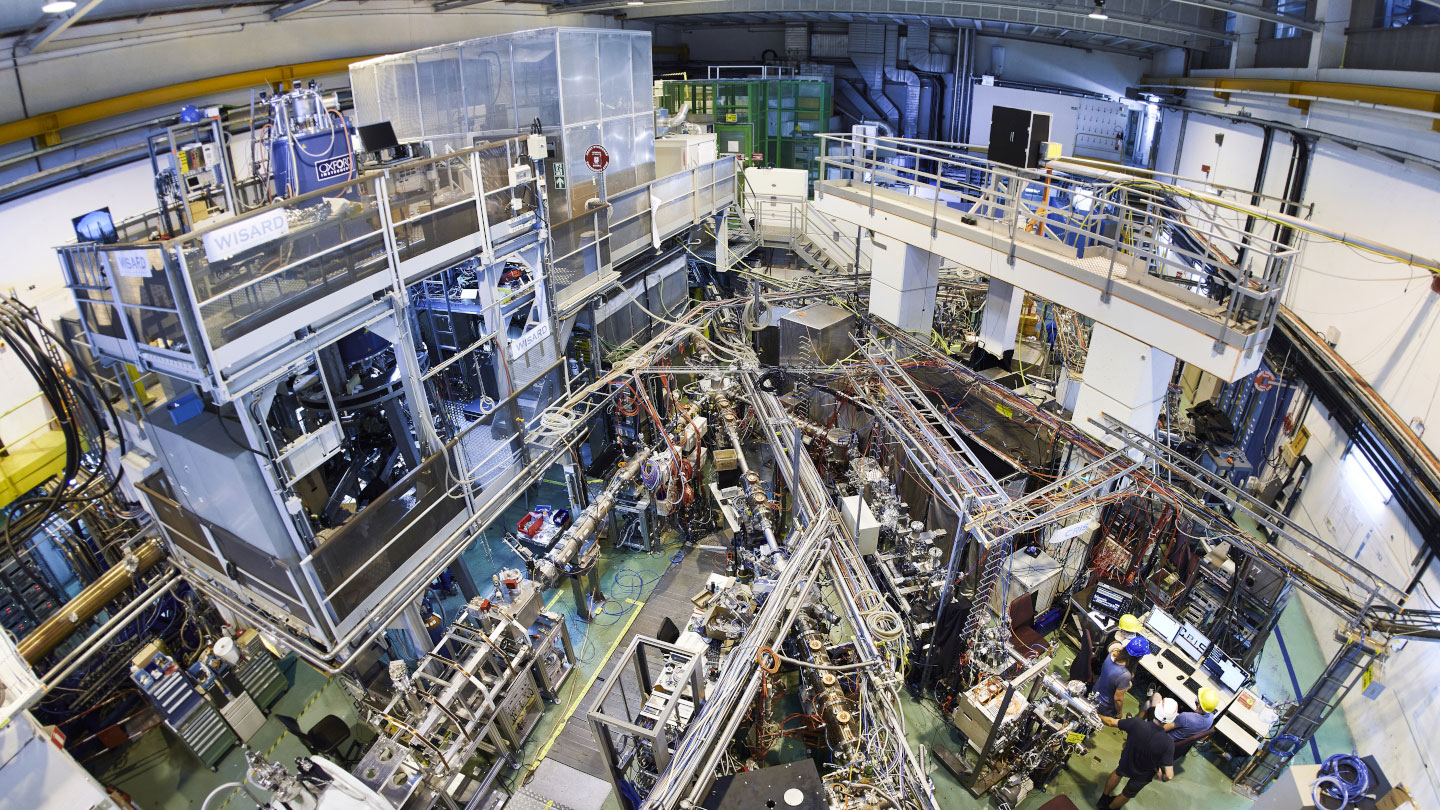Hickory dickory dock, this nucleus could make a great clock.
“We have already amazing atomic clocks which run very precisely,” says nuclear physicist Sandro Kraemer of KU Leuven in Belgium. Those atomic clocks are based on the physics of the electrons that surround an atom (SN: 10/5/17). A nuclear clock would be based on the atom’s nucleus. Some scientists believe nuclear clocks could be even more precise than atomic clocks, which are already such powerful tools that they’re used in everything from GPS satellites to experiments that test whether fundamental laws of physics hold true (SN: 6/4/21).
The well-established technology of atomic clocks is based on how an atom’s electrons jump into a higher energy state. It takes a specific frequency of light, with just the right amount of energy, to initiate the jump. The oscillation of that light acts like the ticking of a clock. A nuclear clock would be based on similar energy jumps made by a nucleus.
Most atomic nuclei have energy levels too far apart to allow scientists to set the jump off with a laser — a necessity for building a clock. But a particular variety, or isotope, of thorium called thorium-229 has two energy levels unusually close together — about 8 electron volts. Still, no one has been able to initiate the jump with a laser, because the size of that energy gap wasn’t precisely known until now.
2023-06-01 07:00:00
Source from www.sciencenews.org
rnrn
